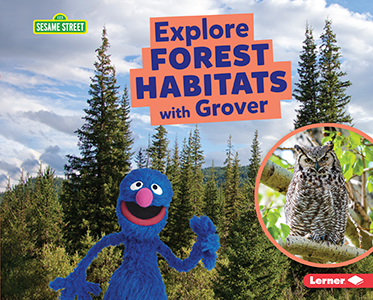Browse Our Books
You can browse our books easily with any of the following filters, hover over the filters or their titles to see their descriptions.
Reading Level
Categories
Or you can use quick search or switch to advanced search for better results...
Search Results (Found 1609 results)
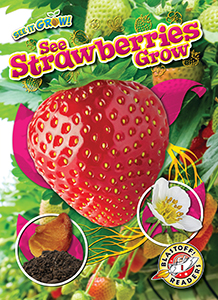
See It Grow! (Blastoff! Readers: Level 1) 

In this fact-filled series, young readers can explore the growth of common fruits, vegetables, fungi, and more! Through simple text and bright photos, readers will study the subject from seed or spore to fully grown product. Special features highlight the subject’s life cycle, uses, and what is needed to grow, and a picture glossary helps readers visualize unfamiliar terms. See common plants and fungi grow along with students’ reading ability in this fun series!
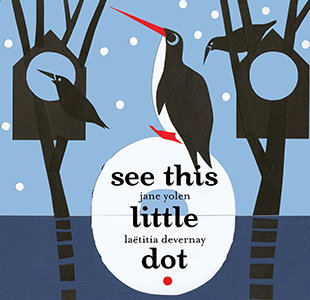
See This Little Dot 
When is a dot ""not just a blot on a page""? In Jane Yolen's characteristically imaginative, free-verse explanation, the humble dot can take on many functions, from a spot of food to an animal's eye, from a marble to a moon. As Yolen extolls the dot's satisfying shape and innate neatness, illustrator Laætitia Devernay brings it to life in this read-aloud picture book and sends it bouncing, rolling, and teetering off the edge of the page--only to reel it back to fulfill its best and truest purpose: marking The End.
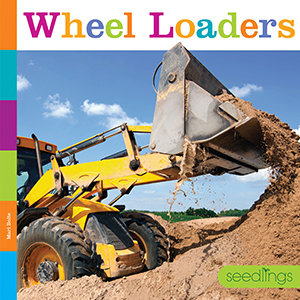
Seedlings 
Hello, fun! Our popular Seedlings titles are written in a friendly voice, filled with dynamic photos, and feature text crafted for the youngest of readers. Each title closes with a labelled-image guide for further review. As introductions to informational text, these titles will plant the seeds of knowledge!
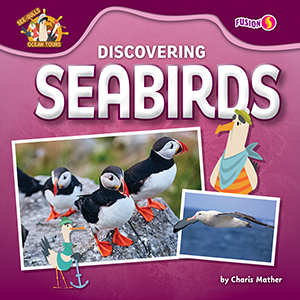
See-Gulls Ocean Tours (Fusion Books) 
The ocean is a big place, and so many animals call it home! Climb aboard for a tour with your seagull guides to learn all about what ocean animals look like, where they live, and how they survive. Exciting photos and fun illustrations make it fun to see all you can sea!s
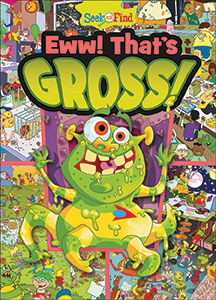
Seek and Find (Sequoia Kids Media) 
From Mount Olympus to the universe's most disgusting planet, there are fun things to find just about everywhere! Seek and Find activities empower readers as they search busy scenes for hidden objects, and matching and comparing are important math skills. These books are perfect for exploring alone or sharing together.
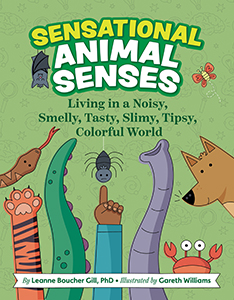
Sensational Animal Senses: Living in a Noisy, Smelly, Tasty, Slimy, Tipsy, Colorful World 
Have you ever wondered how in the world do we see colour know which way is up, or why we get goosebumps? How do we determine what is a good smell from stinky stuff? And . . . what if a tree falls in the woods and no one is around to hear it, does it make a sound? Or have you ever wondered why dogs hear things we can't or why some cats seem to see ghosts? How do animals navigate over large distances flying north to south or swimming from one part of the ocean to another without getting lost?
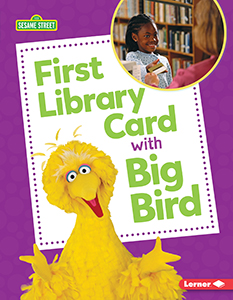
Sesame Street® Firsts 
From first visits to the dentist to getting a library card, Sesame Street friends help prepare young readers for six new and exciting experiences that are part of growing up.
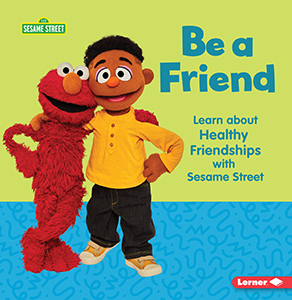
Sesame Street® Self-Care 
With the help of their friends from Sesame Street, young readers learn how to take care of themselves. From hygiene to emotional well-being, this series guides readers through the many things they can do to keep their minds and bodies healthy.
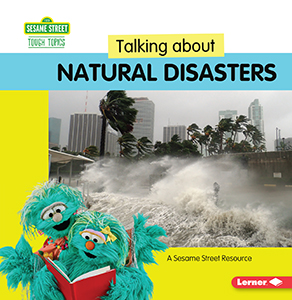
Sesame Street® Tough Topics 
Life can bring tough challenges and difficult situations. In this series, the Sesame Street friends provide caregivers and educators a place to begin facilitating discussion around tough topics.
